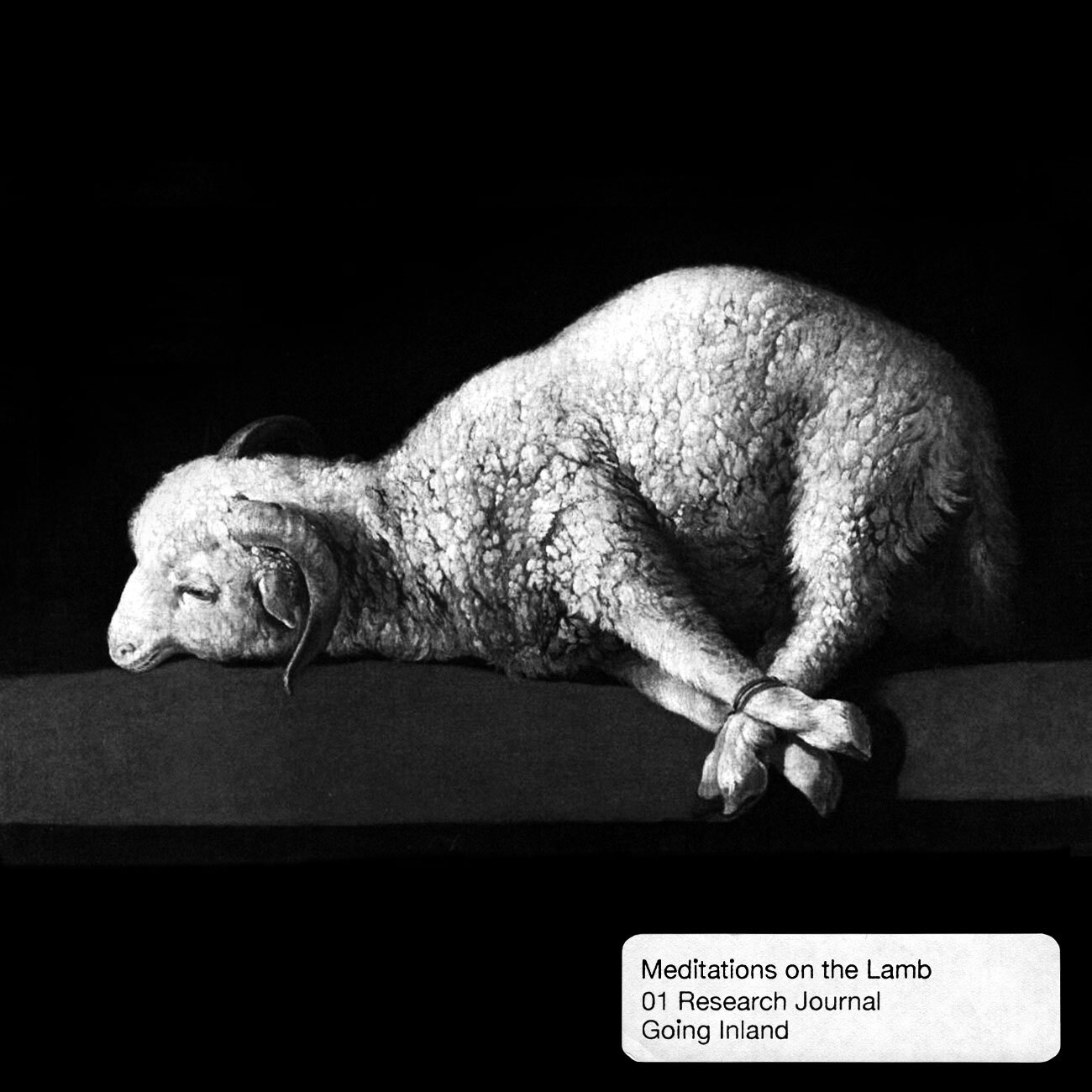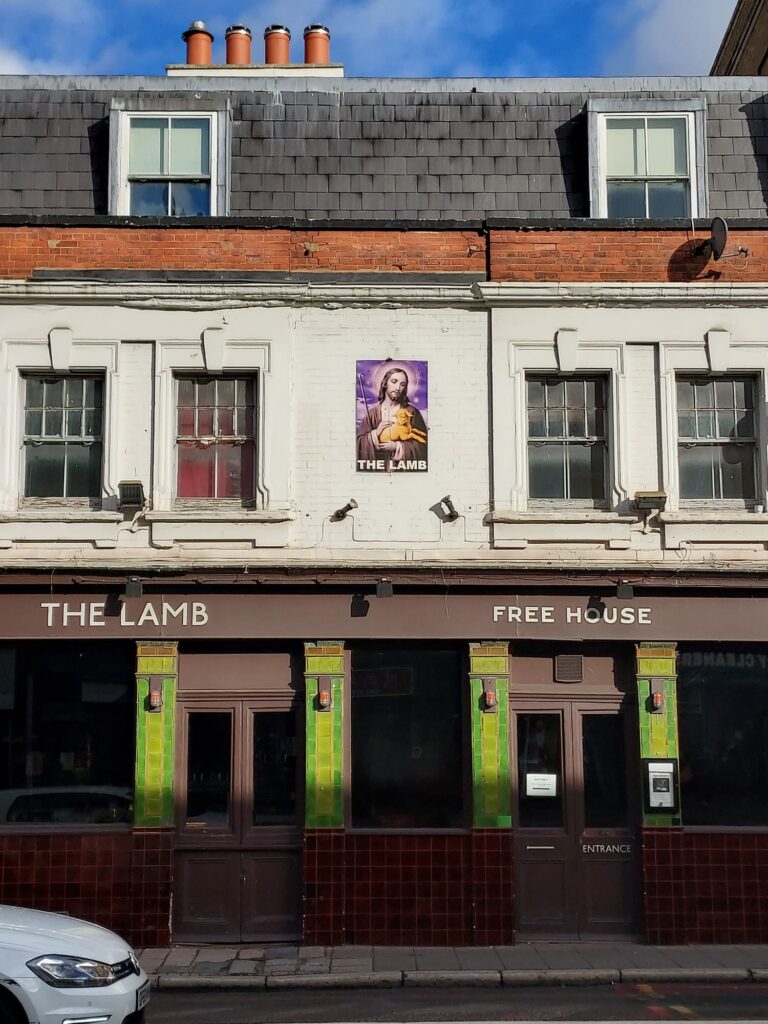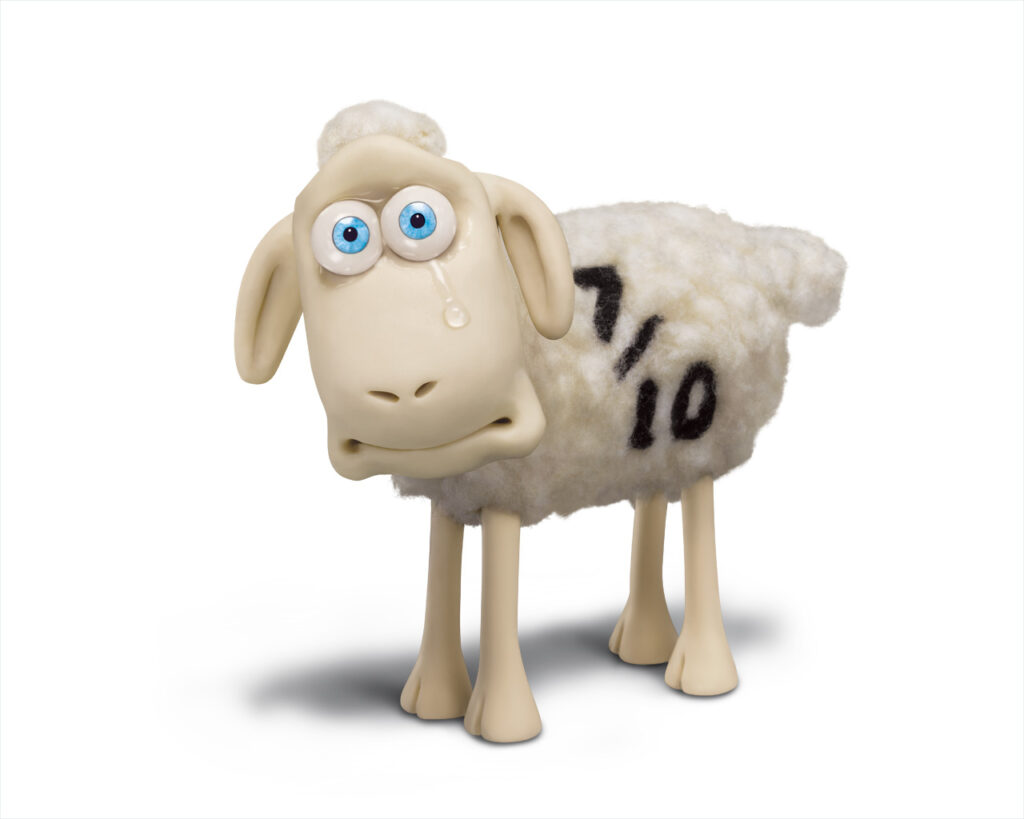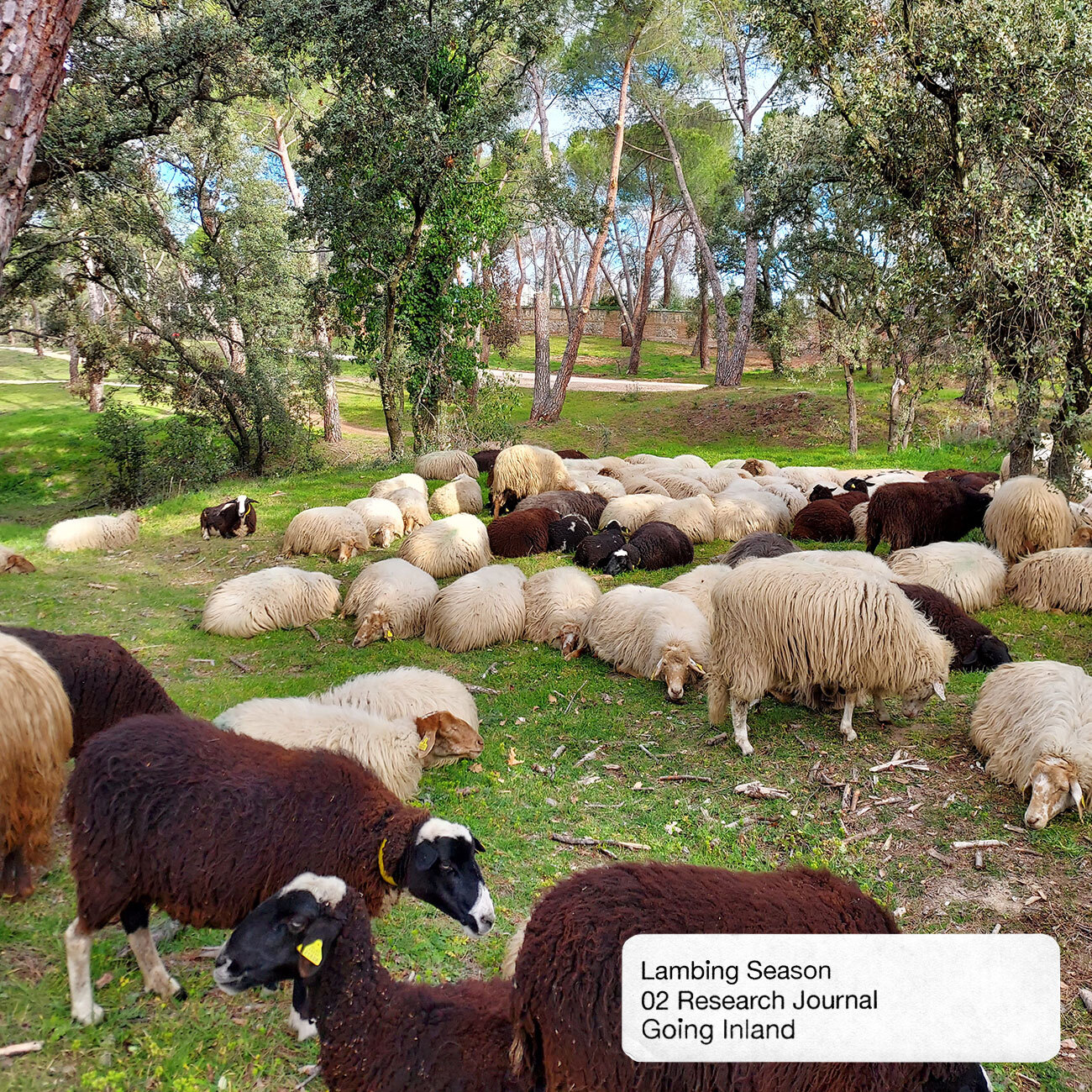Going Inland is a journal documenting the author’s participation in the Inland Academy and her reflections on her personal and professional relationship to rural spaces.
A collection of sheep. Maybe we could call it a personal flock. It’s less one that I’m herding and one that seems to be herding me, coming up again and again.
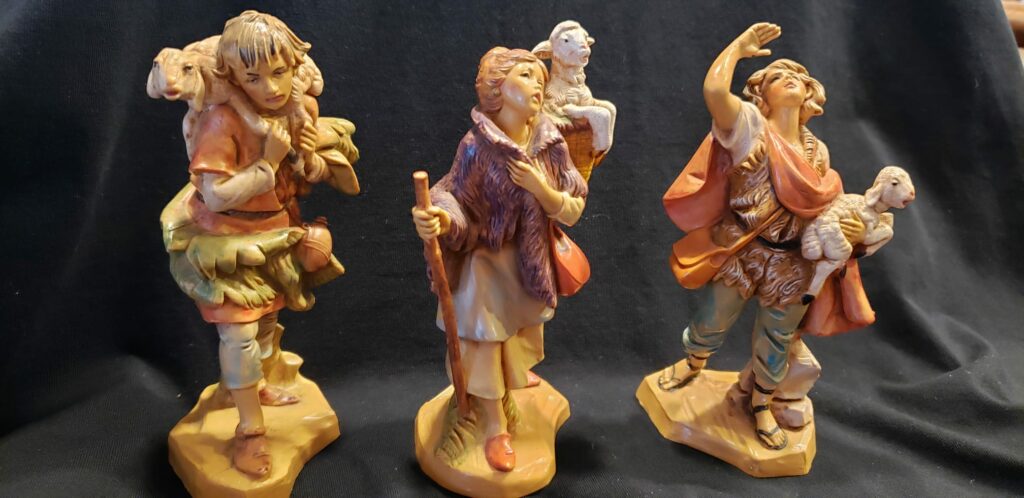
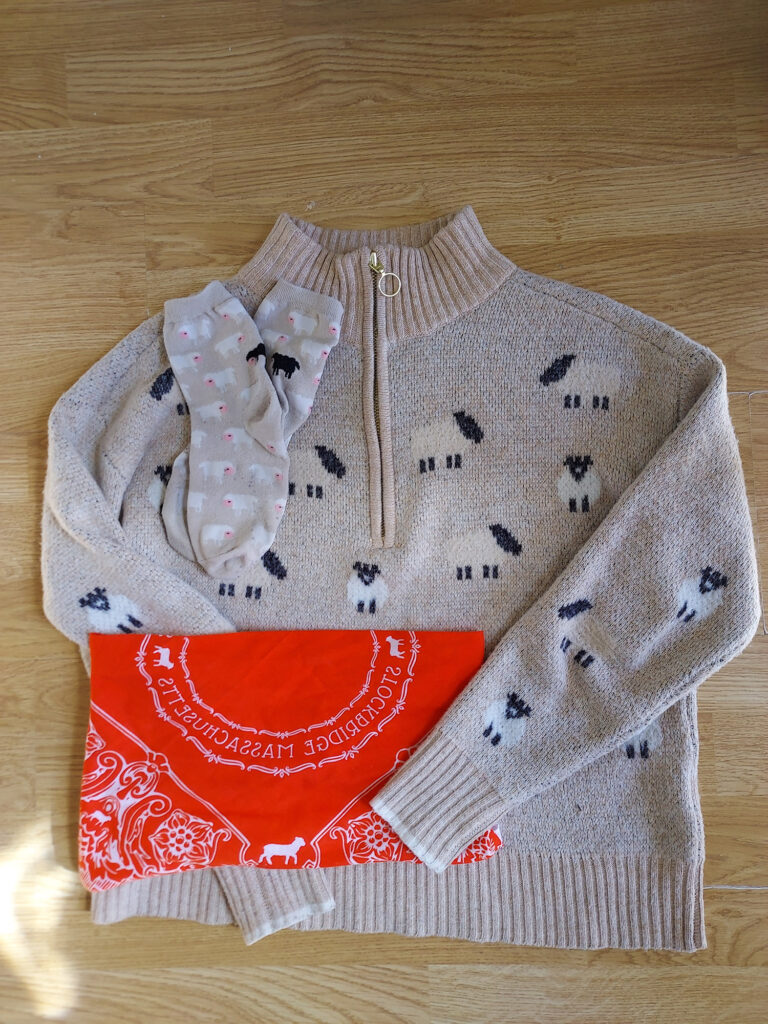
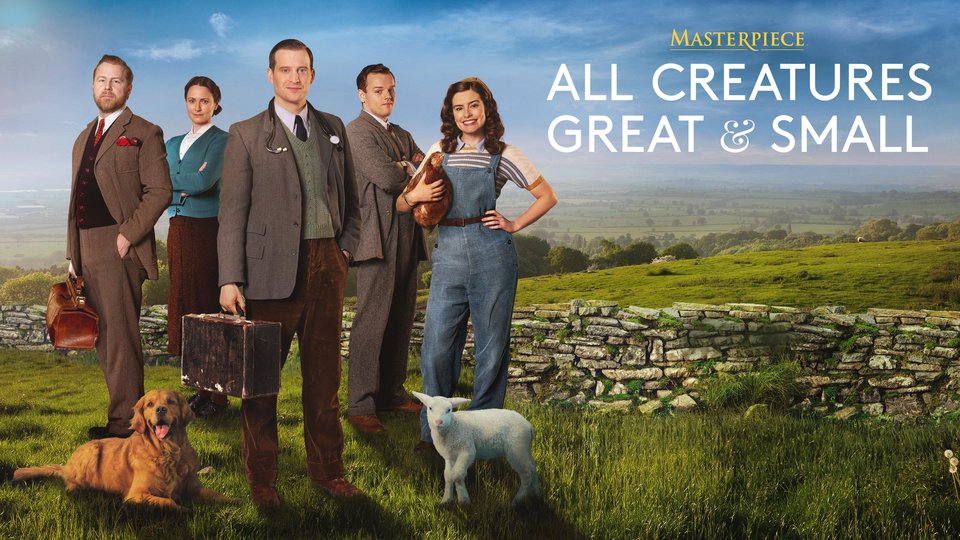
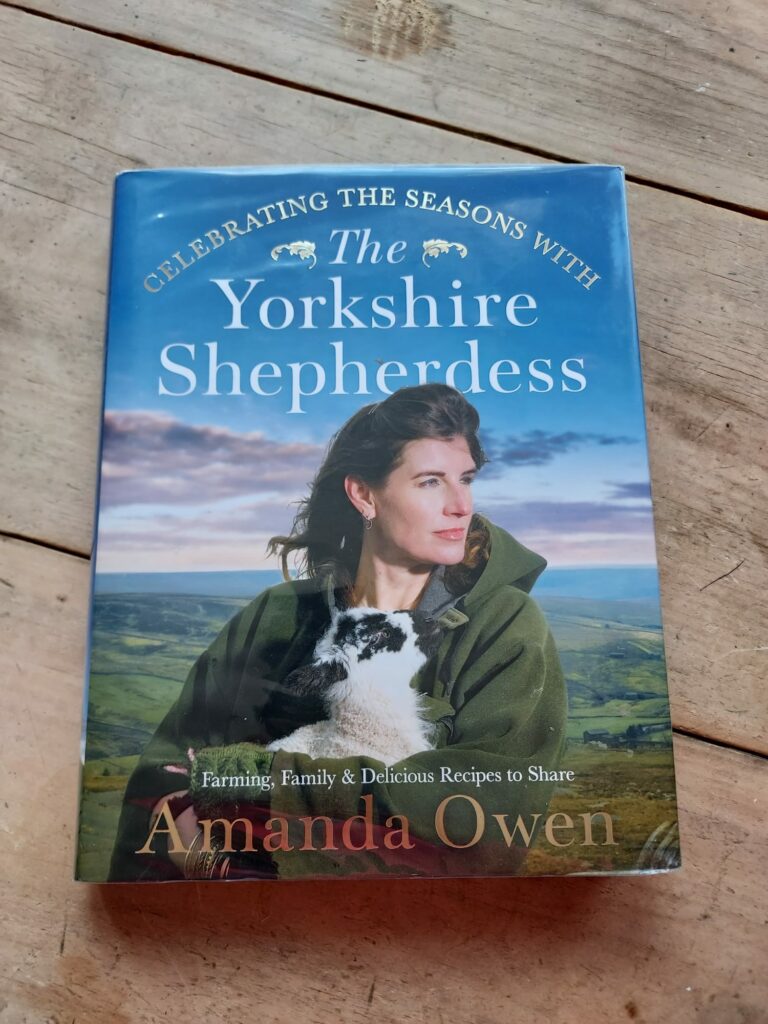
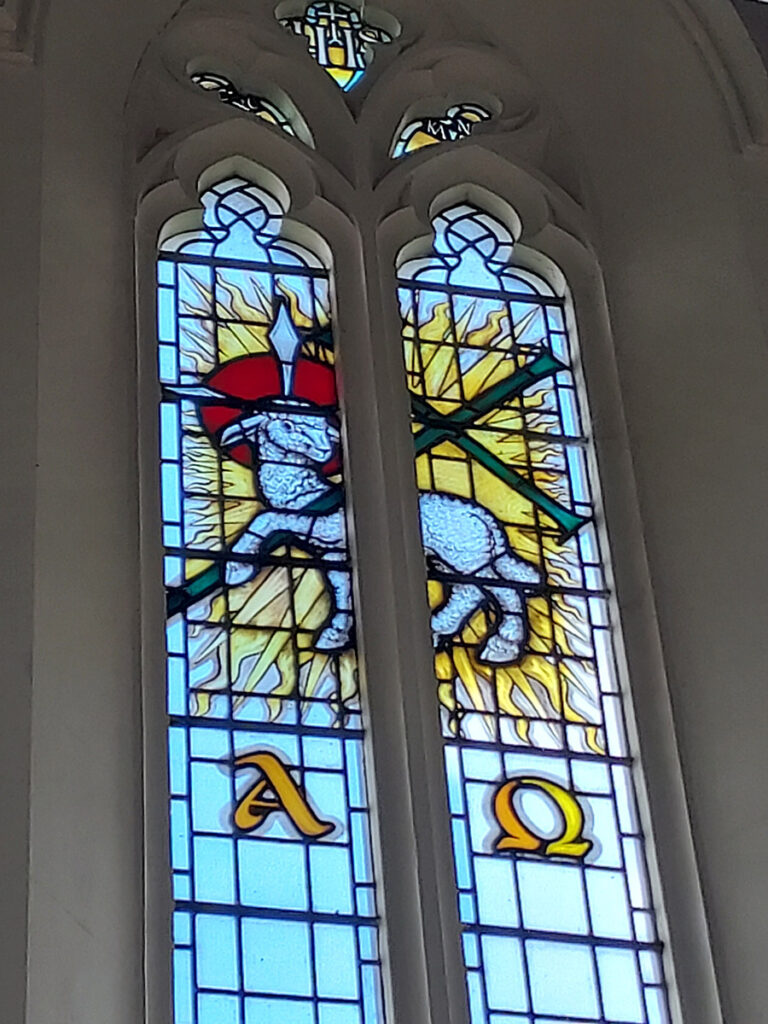
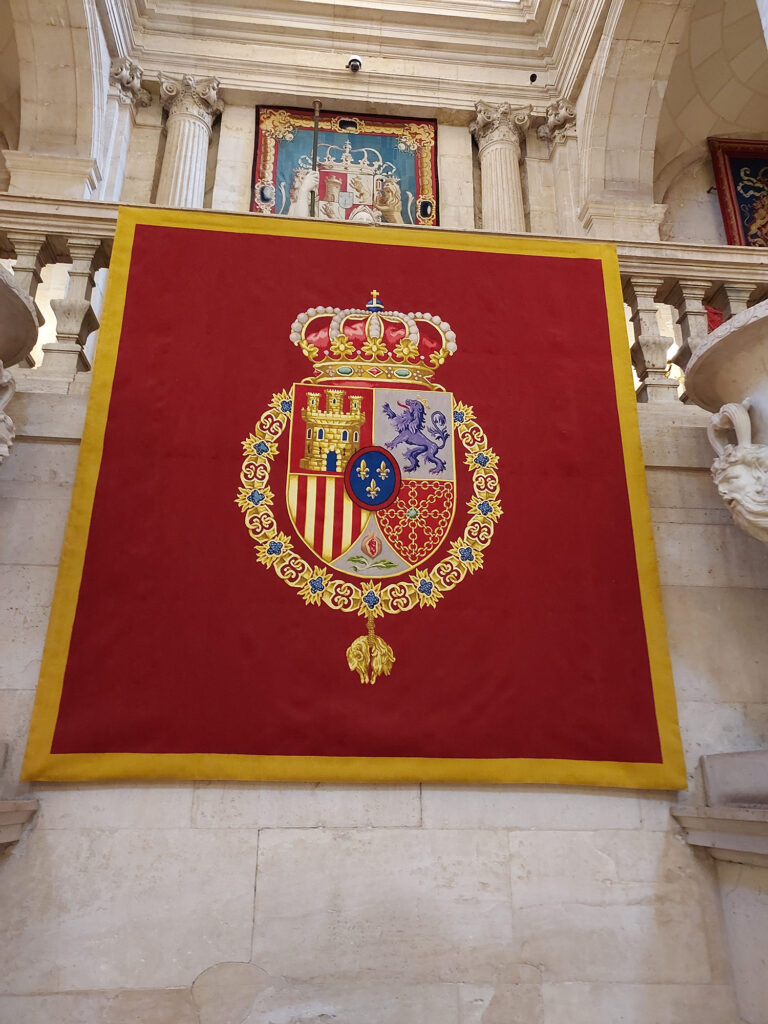
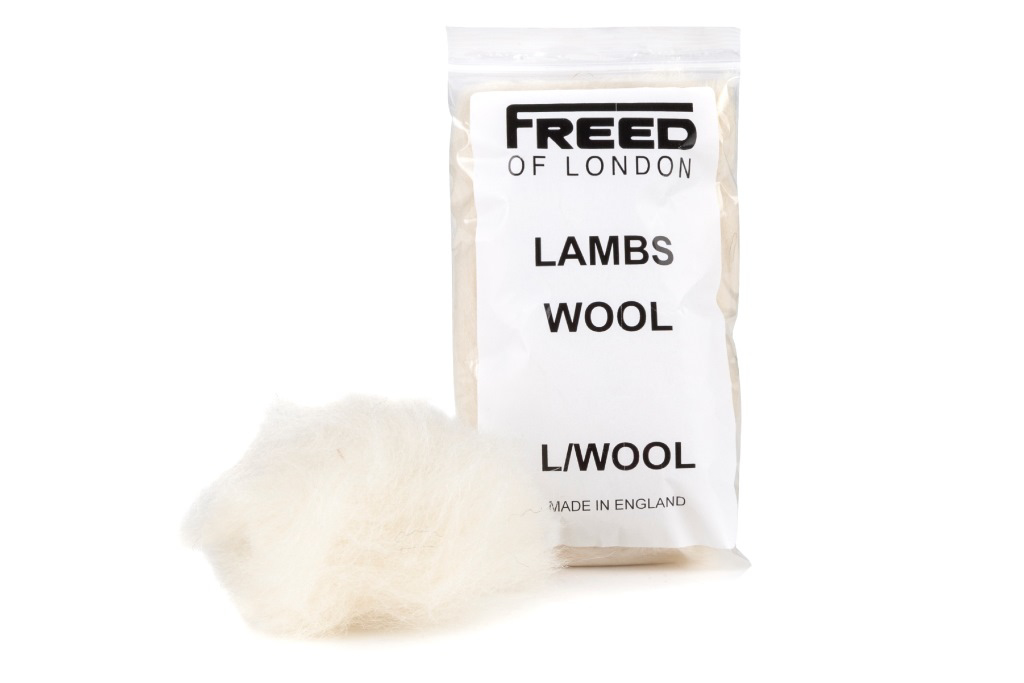
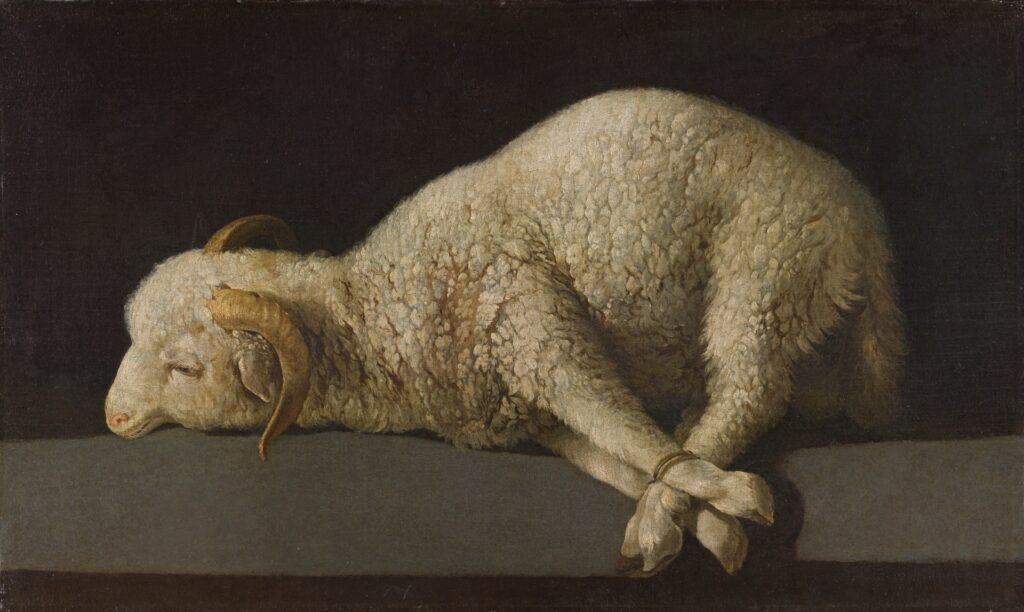
These past few months I have been encountering sheep as symbols and through tales of the countryside. They have felt distant from my everyday life, and so when I told some people that I was joining Inland Academy—or what I have fleetingly referred to as Shepherd School—some people have scoffed, or smiled at me adoringly. They’ve thought it charming that I’ve taken an interest in rural life and pastoralism, and ask me if I’ll be carrying a shepherd’s crook to corral the flock. When I first tell people about what I’m doing they often wonder if it’s a desire to return to the land, to leave the city behind, or to go back in time to a simpler life.
Inland Academy is a new experimental postgraduate program that seeks to reconsider the relationship between rural spaces and contemporary art. Based in Spain, Inland has a 300+ flock of sheep that they graze in the Northern inland regions of Spain and at Casa de Campo, a large park in Spain that was once royal hunting grounds. Their sheep are not a tourist attraction or a teaching tool, but a living herd that provides sustenance, warmth, and livelihood. It is also a living embodiment of their grappling with the power dynamic between urban and rural, industrial and agrarian, rooted and ambulatory.
In our first session together faculty member David Prieto shared a quote from sociologist Jesús Ibáñez:
Knowledge is not produced in the narrow compartments in which the academic order encloses its wise experts. To achieve its effects, one must leave its divisions and compartments, go inland to the open field of the countryside, stand at the borders and frontiers, at the limits or the crossroads.
Jesús Ibáñez
I am going inland to consider my relationship to rural spaces and how I might square my love of nature and a deep connection to the land with contemporary art and performance, which has traditionally been concentrated in urban regions. I am rooted in these questions to the land of the Agawam, Mohican, Nipmuc, and Pocumtuc in what is now known as the Berkshire region of Western Massachusetts. In the mountains of the Berkshires I work with Jacob’s Pillow—the oldest and largest dance festival in the United States. At the Pillow I produce new dance commissions and am part of a collaborative team crafting a new theatre for dance.
I am questioning:
- Where should I live? In the city? In the country? Both?
- What might a life intimately intertwined with seasons, animals, and the natural world be like?
- How can I be rooted in local community and also participate in contemporary art’s more peripatetic modes of collaboration?
- How might rural spaces provide fertile ground for contemporary art, and how might contemporary art pollinate agrarian communities?
